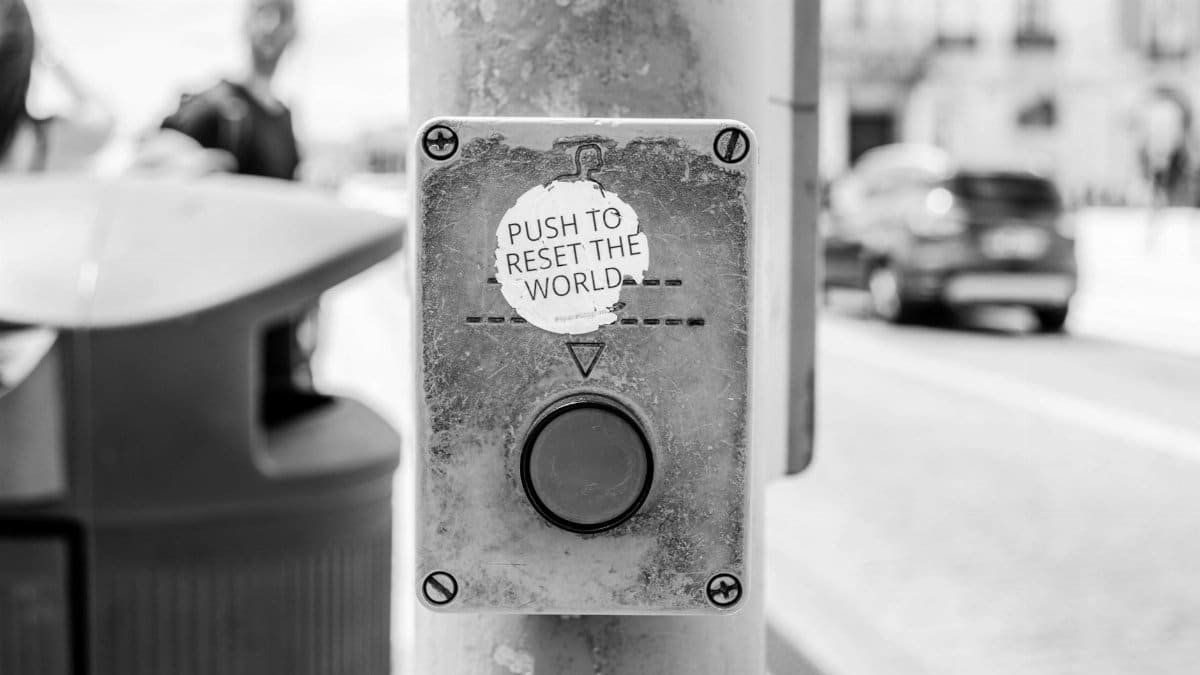In a fast-paced world, emotions selfcare is emerging as a lifeline for millions battling daily stress. New data from the American Psychological Association shows that 75% of adults report feeling overwhelmed by emotions at least once a week, prompting a surge in quick reset techniques. This 10-second method, rooted in mindfulness, promises to halt emotional spirals before they escalate. It’s not just hype; experts say it’s backed by science, offering immediate relief without hours of therapy. As mental health conversations heat up in 2025, this simple hack is gaining traction among busy professionals and parents alike, proving that small pauses can lead to big emotional balance.
What Is the 10-Second Reset?

The 10-second reset is a straightforward technique designed to interrupt overwhelming emotions in their tracks. It involves pausing, taking a deep breath, and consciously acknowledging your feelings without judgment. This method draws from cognitive behavioral principles, helping users reframe negative thoughts quickly. Unlike lengthy meditation sessions, it’s built for on-the-go use, making it ideal for high-stress moments like work deadlines or family conflicts. Practitioners report feeling more centered almost instantly, turning chaos into calm with minimal effort.
Why Emotional Overwhelm Is on the Rise

Emotional overwhelm has spiked in recent years, fueled by social media, economic pressures, and global uncertainties. A 2023 survey by the Pew Research Center highlighted that 60% of Americans feel more anxious than five years ago. This constant barrage of information overloads our emotional circuits, leading to burnout and decreased productivity. In 2025, experts predict this trend will continue unless individuals adopt proactive strategies. Emotions selfcare practices like the reset address this by providing tools to manage rather than suppress feelings.
How the Reset Works Step by Step

Start by stopping whatever you’re doing for just 10 seconds. Close your eyes if possible, inhale deeply through your nose for a count of four, hold for four, and exhale for four. As you breathe, name the emotion you’re feeling, such as anger or anxiety, without trying to fix it immediately. This acknowledgment disrupts the overwhelm cycle. Repeat if needed. It’s simple yet effective, drawing from breathing exercises recommended by health organizations for stress reduction.
Science Behind the Technique

Research supports the 10-second reset’s efficacy. Studies on mindfulness show that brief pauses activate the parasympathetic nervous system, reducing cortisol levels and promoting relaxation. For instance, a study published in the Journal of the American Medical Association found that short breathing interventions lowered stress markers in participants. This aligns with broader emotions selfcare research, emphasizing quick interventions over prolonged sessions for sustained mental health benefits.Journal of the American Medical Association offers access to related studies on mindfulness and stress.
Real-Life Success Stories

Take Mark Thompson, a New York accountant who used to spiral into panic during tax season. After incorporating the 10-second reset, he reports handling pressure with ease. “It changed everything,” Thompson said. Similarly, educators and healthcare workers have shared how this method prevents burnout. These anecdotes mirror findings from wellness programs, where participants note improved emotional resilience. In spiritual circles, it’s seen as a way to connect with inner calm amid external noise.
Common Pitfalls to Avoid

One mistake is expecting instant perfection. The reset isn’t a cure-all; it requires consistent practice. Another pitfall is forcing emotions away instead of observing them, which can backfire. Beginners often forget to breathe deeply, diminishing the effect. To maximize benefits, pair it with journaling or therapy for deeper emotions selfcare. Experts advise starting small to build the habit without added pressure.
Integrating It Into Daily Life

Incorporate the reset during commutes, before meetings, or even while cooking dinner. Set phone reminders for high-stress times. In 2025, apps and wearables are making it easier to track emotional states, prompting resets automatically. This integration turns sporadic use into a routine, fostering long-term balance. Spiritual trends emphasize its role in holistic well-being, blending mind, body, and spirit.
Expert Opinions on Its Impact

Dr. Elena Ramirez, a psychologist at Harvard Medical School, praises the technique: “It’s accessible and evidence-based, empowering people to self-regulate.” Her views echo reports from the National Institutes of Health, which link brief mindfulness to better mental health outcomes. As emotional wellness becomes a priority, such resets are recommended for preventing chronic stress.National Institutes of Health provides resources on mindfulness research supporting these claims.
When to Seek Professional Help

While the 10-second reset is powerful, it’s not a substitute for therapy. If overwhelm persists or leads to depression, consult a professional. Signs include prolonged sadness or isolation. Organizations like the CDC offer guidelines on when to seek help, ensuring emotions selfcare complements rather than replaces expert care. In spiritual contexts, combining it with counseling enhances overall growth.
Future Trends in Emotional Selfcare

Looking ahead, emotions selfcare is evolving with technology. Virtual reality apps for guided resets are on the rise, promising immersive experiences. In 2025, expect more workplace programs incorporating these techniques to boost employee well-being. This shift reflects a broader cultural move toward proactive mental health, making tools like the 10-second reset essential for modern life.
